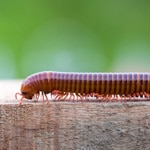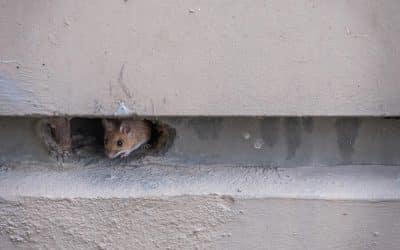
Pest Identification: Millipedes

Buzzwords
5 Things in Your Home That Are Secretly Attracting Mice
When mice show up in your home, it might feel like you’ve been randomly selected. But you’re not. Most homes unintentionally offer everything a mouse needs to survive: food, warmth, shelter, and a safe place to nest. Even homes that are clean and well-maintained can...
Give Your House a Winter Check-Up and Keep Pests, Mice, and Wildlife Out
Winter is officially here, and while you’re getting yourself ready for the cold, don’t forget your home needs a little winter prep, too. Think of it like your home’s annual check-up: a quick once-over to make sure everything is in good shape before pests start looking...
How Mice Sneak Into Your Home (And What You Can Do About It)
Your home feels extra cozy in the winter, with warm blankets, soft lighting, and maybe even a fire on chilly nights. But while you’re settling in, mice are out there searching for a warm place to hide. For many Massachusetts homeowners, that means your house is at...



